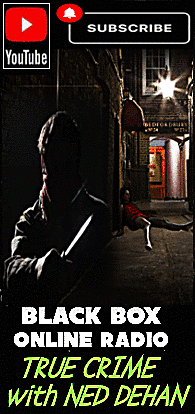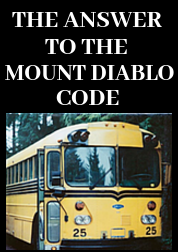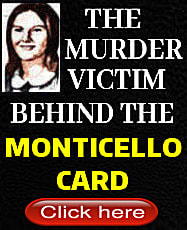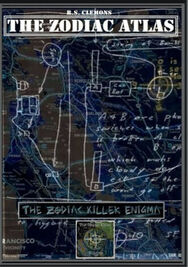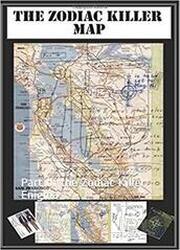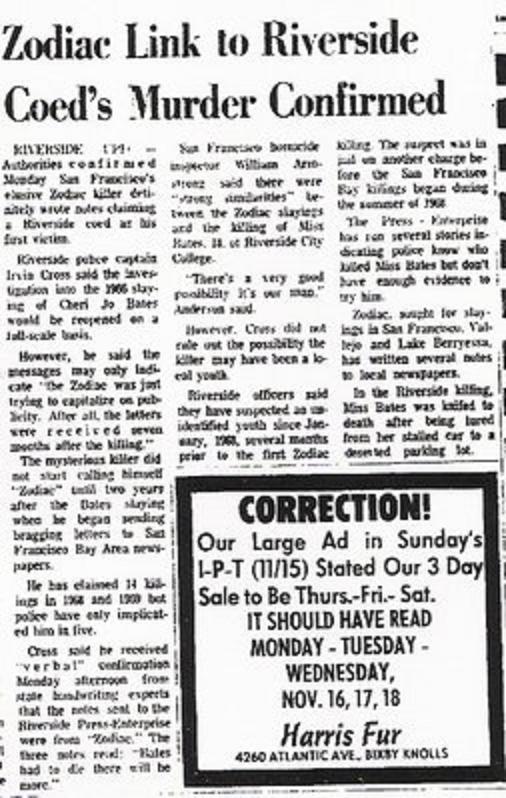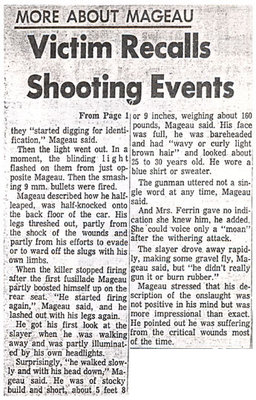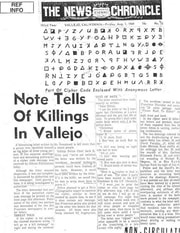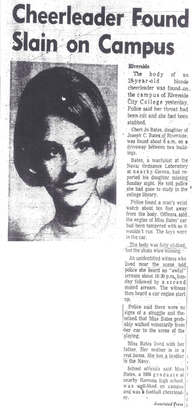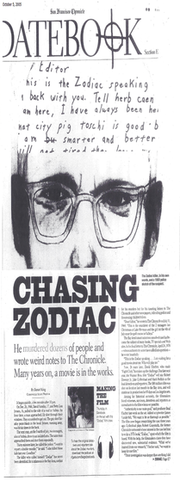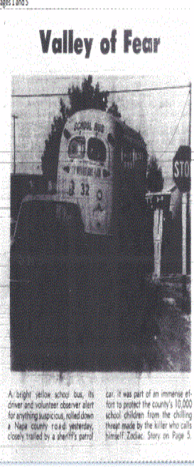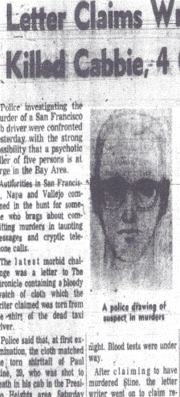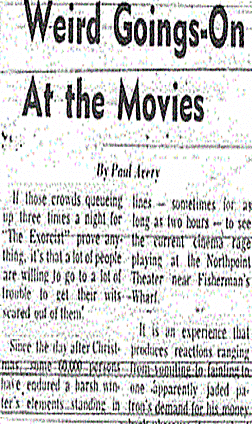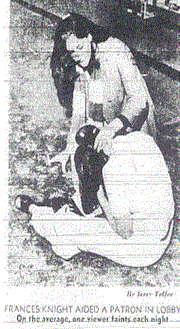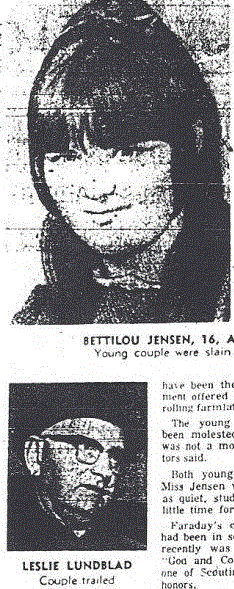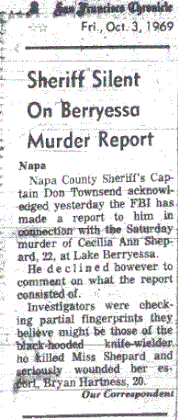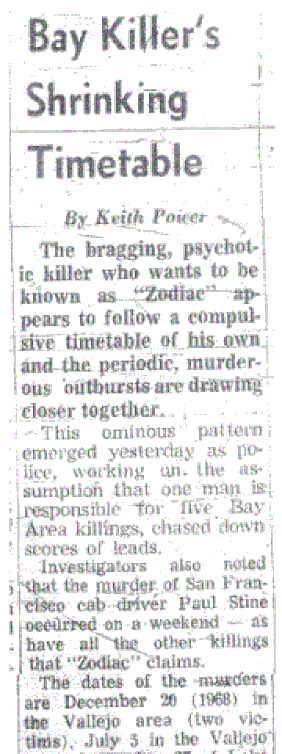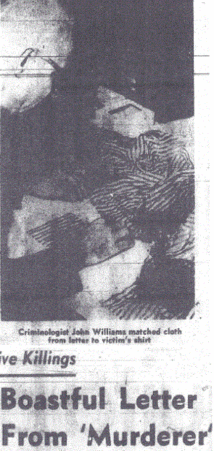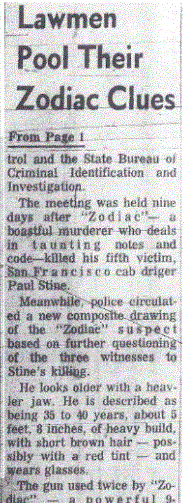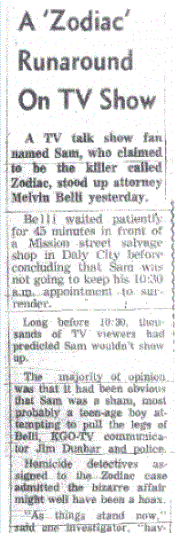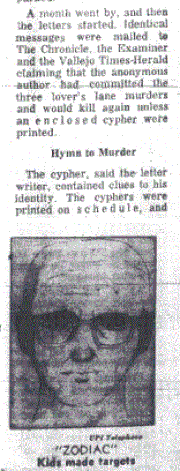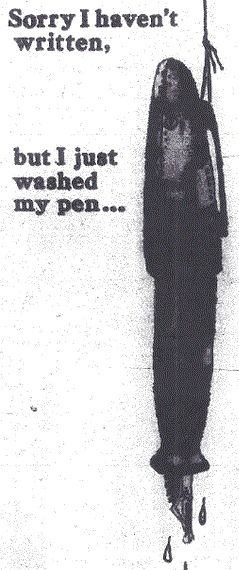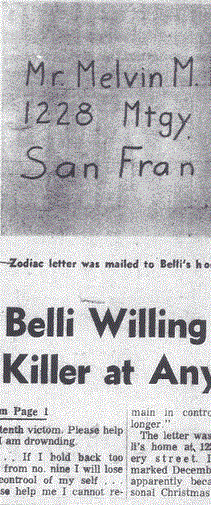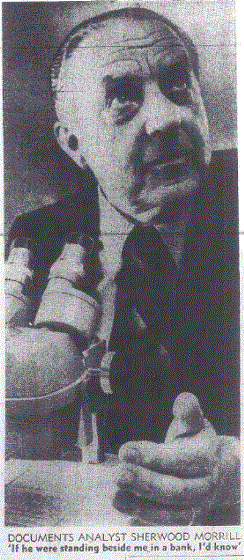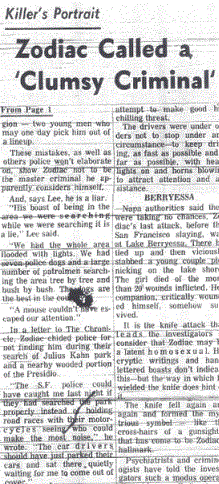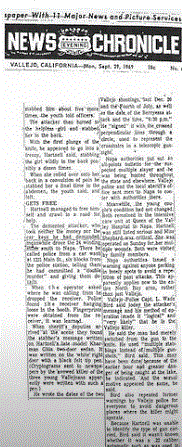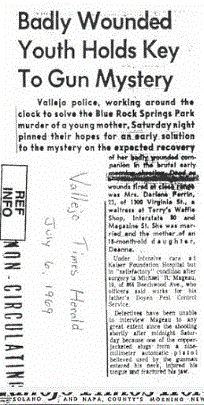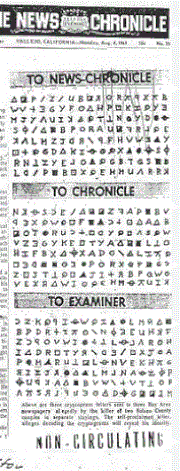
This may have been the case in the very first letters authored by the Zodiac Killer on July 31st 1969 and August 4th 1969, both of which, possibly revealed the home location of the killer (or his anchor point when perpetrating the crimes). You will notice in his July 31st 1969 letters when addressing the San Francisco Chronicle or San Francisco Examiner first, the Zodiac Killer refers to posting letters to these newspapers in the past tense of "have". In other words, suggesting the significant time that has elapsed, and the distance he has traveled before returning home. When first addressing the Vallejo Times-Herald in his July 31st 1969 letters he uses the present tense of "are", because (possibly) he doesn't associate any great time and distance to the Vallejo Times-Herald offices, as they are within his close proximity. They are in his "here and now". If you left your house in Vallejo and mailed three letters into a San Francisco mailbox, before returning home - you would write "Here is a cyipher or that is part of one. the other 2 parts have been mailed to the S.F. Examiner + the S.F. Chronicle" (associating distance to these two newspaper offices). If you live in Vallejo and are addressing the Vallejo Times-Herald first in two instances, you would write "Here is a cipher or that is part of one. The other 2 parts are being mailed to the Vallejo Times + S.F. Chronicle" or "Here is part of a cipher the other 2 parts of this cipher are being mailed to the editors of the Vallejo Times and SF Examiner". The Zodiac Killer uses the word "are" in both instances he immediately addresses the Vallejo Times-Herald offices (because he doesn't associate distance to this newspaper office). He uses the present tense of "are" to associate something in his lived "mental map" or "here and now". Of course, this isn't conclusive evidence he lived in Vallejo for his first two crimes, but it may point to a subconscious use of language that he failed to keep in check. There is similar language used at the beginning of his next communication on August 4th 1969.
It has been widely noted that a killer living in San Francisco, Napa, Oakland, or any distant home location, could easily have made this phone call at 12:40 am from any payphone in the Bay Area, rather than place a phone call in close proximity to the police station he was delivering his message - and seemingly hanging around for an unnecessary 30 minutes, thereby risking detection. This has opened up the notion of a killer who lived in close proximity to the Springs & Tuolumne payphone, who secured his vehicle, removed any incriminating evidence and walked to the payphone from a nearby residence. This is where further language analysis could point us to a Vallejo resident, or otherwise. It depends on what merit you apply to the above arguments, in conjunction to the ones I'm about to present.
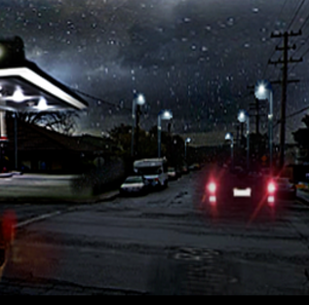
When he left the Blue Rock Springs parking lot he made the point of driving away slowly so as not to draw attention to his car, yet by the payphone he is making sure that investigators draw the conclusion that the eyewitness saw both him and his vehicle, despite apparently positioned at the payphone independent of his car. It could be concluded that his car was still running, and it would have been obvious to the eyewitness that he and his vehicle were in tandem (and so provided this information), but it certainly wasn't necessary to provide investigators with corroboratory evidence that his car was brown as reported in the newspapers, by stating "The man who told police that my car was brown was a negro about 40-45 rather shabbly dressed. I was in this phone booth having some fun with the Vallejo cop when he was walking by". Unless of course, his vehicle wasn't brown, The biggest red flag to his vehicle being present in the vicinity of the payphone, is the description given by the Zodiac Killer about the eyewitness.
The Zodiac Killer only went into detail regarding his murder victims when it benefited his case of proof, such as the description of clothing worn by Darlene Ferrin, or the movement of the living victims and bodies in relation to the crime scene. So why didn't the Zodiac Killer just write "The man who told police that my car was brown, noticed me + my car when he was walking by". What relevance does his race, clothing or age have to do with anything? The descriptive nature of "negro", "40-45" and "shabbily dressed" brings this eyewitness to life and makes him more believable to the reader of the letter. The Zodiac Killer, by describing this man in detail, may have been attempting to corroborate that his vehicle was present by the payphone, and was brown in color. The Zodiac Killer had previously supplied extra details to the police when it helped his cause, so the unnecessary inclusion of this man's description in the letter, could again, be viewed as beneficial to him. If the Zodiac Killer wanted to deflect away from a home location nearby, he had to create a vehicle that can take him anywhere, and supply an eyewitness to corroborate this fact. Not just any eyewitness, but a believable middle-aged, black man, with questionable clothing.
These observations regarding the language used by the Zodiac Killer are not proof he resided in Vallejo or near the payphone, but they should provide the impetus to examine later communications mailed by the killer, who may have unwittingly left more offerings to further bolster the case argued here. Or maybe dispel it entirely.
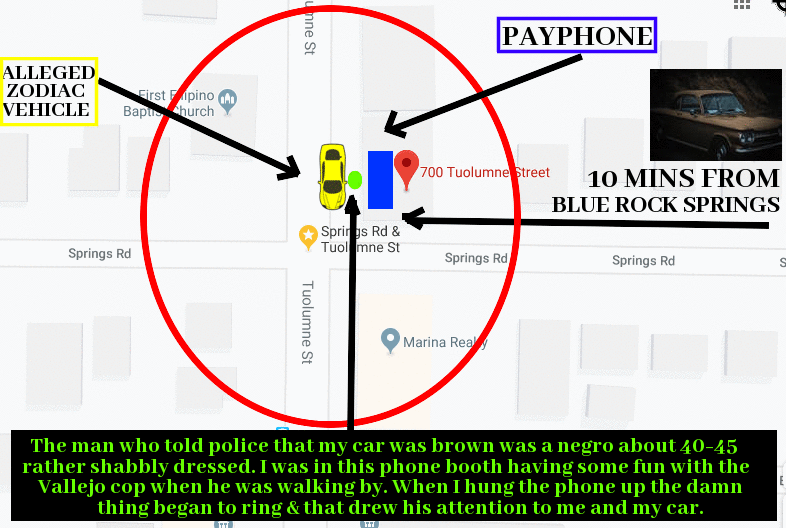
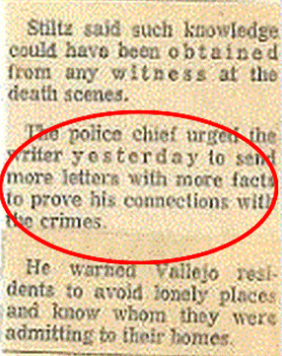
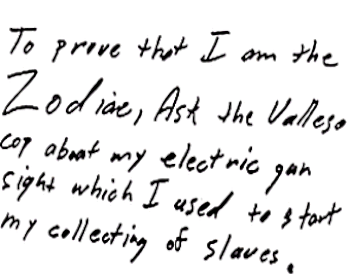
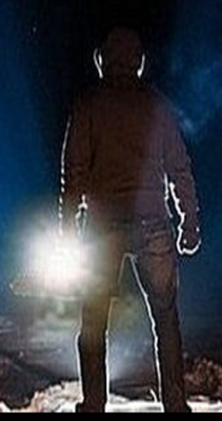
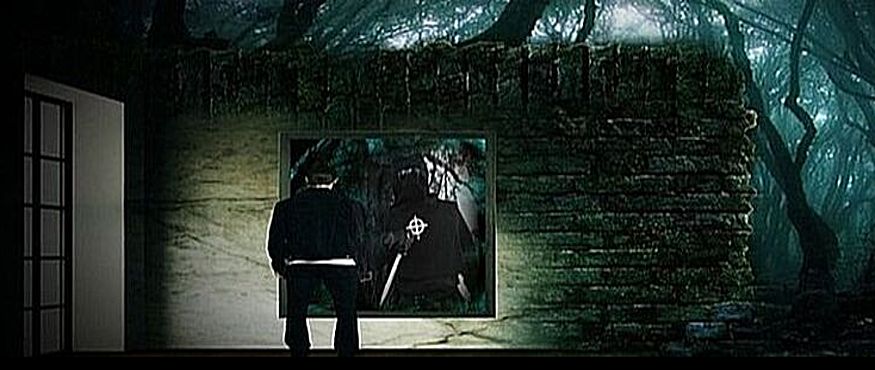
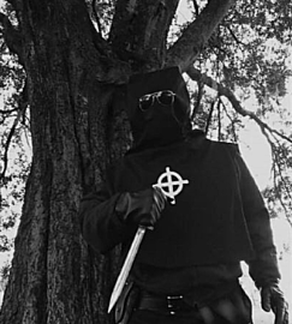
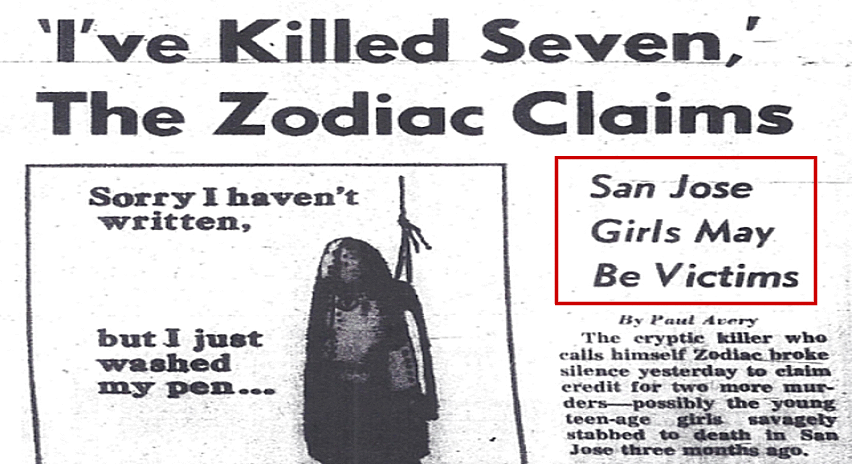
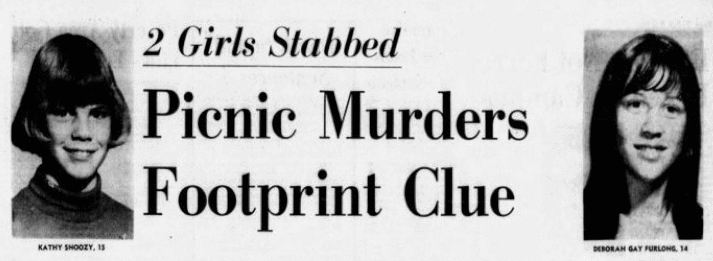
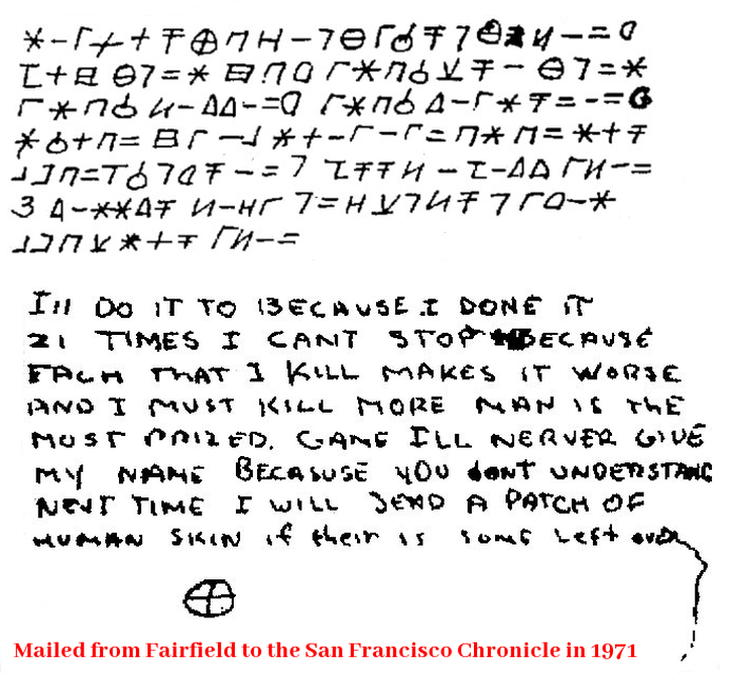
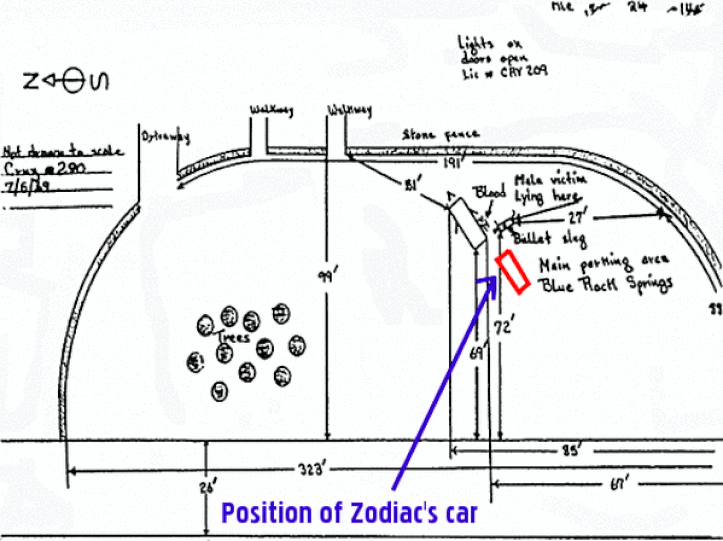


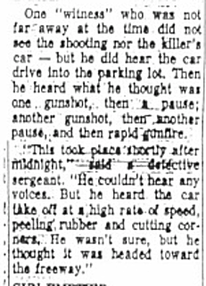
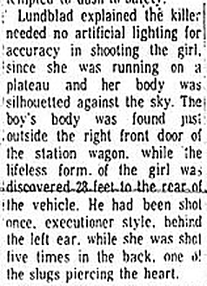
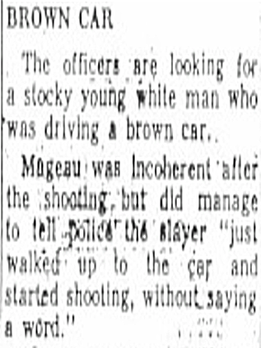
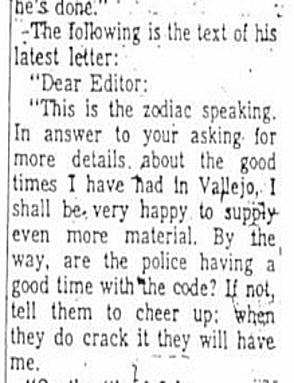
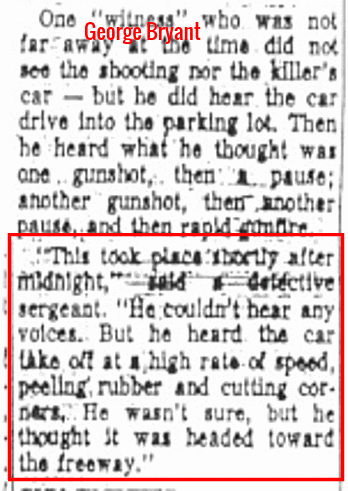
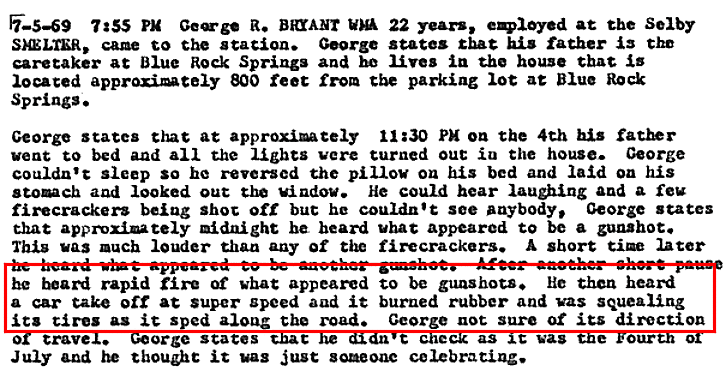
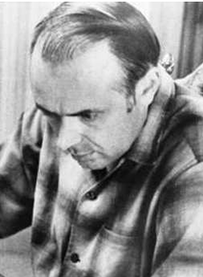



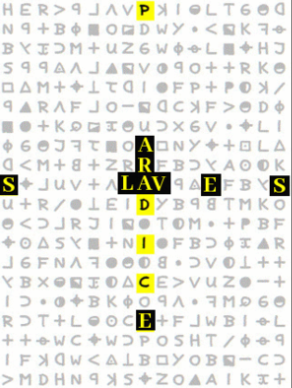

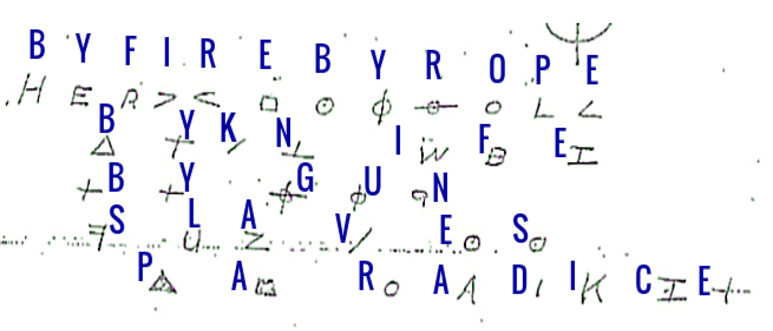


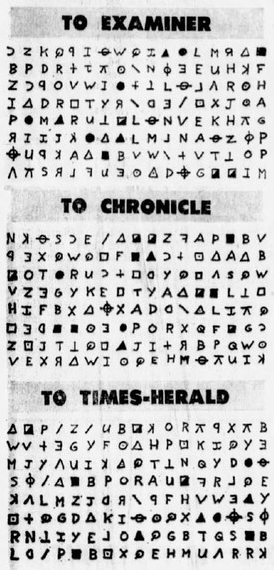
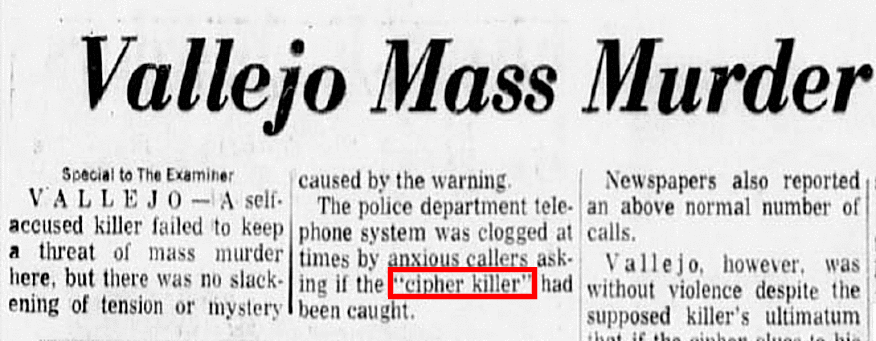
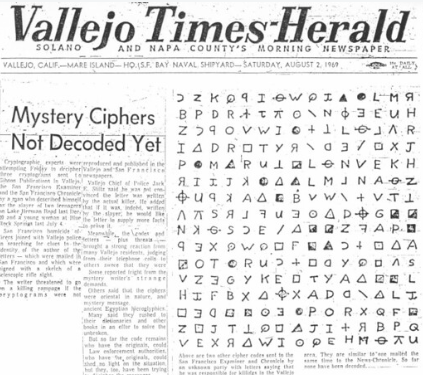

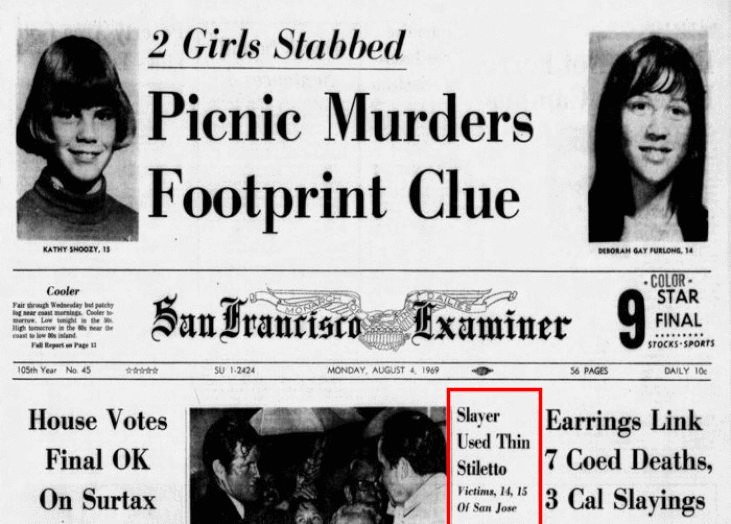
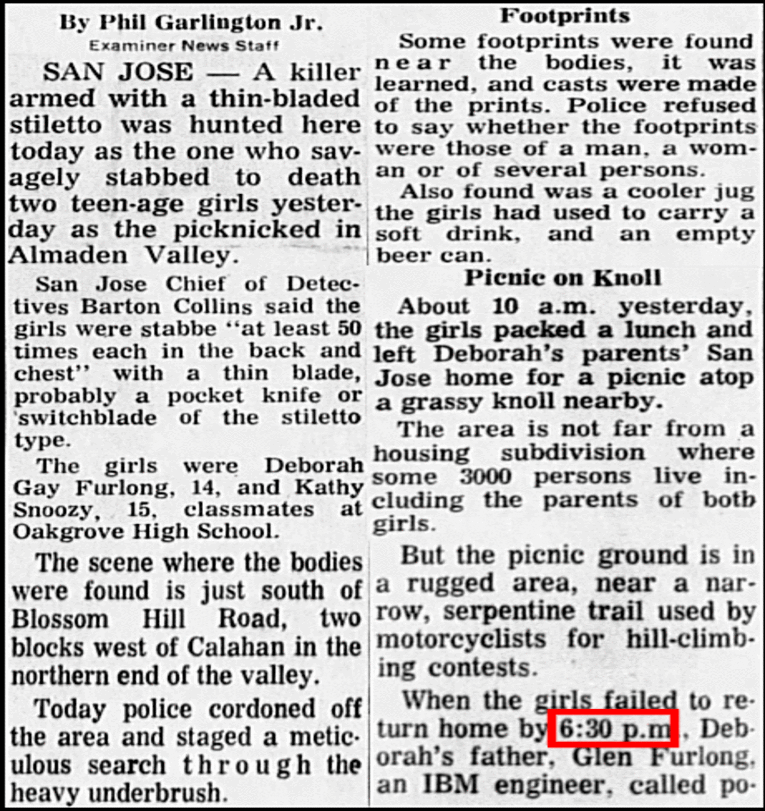
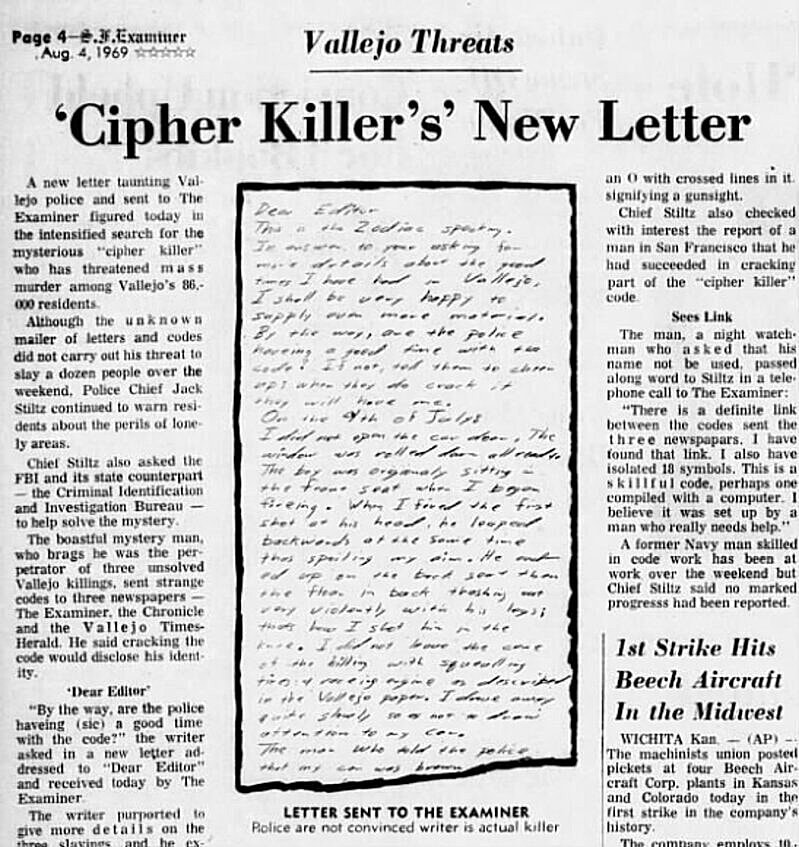
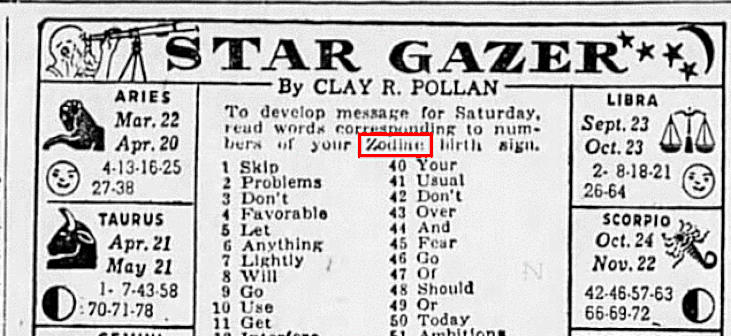
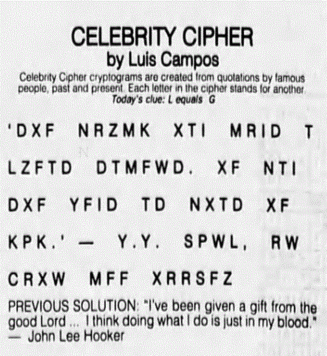
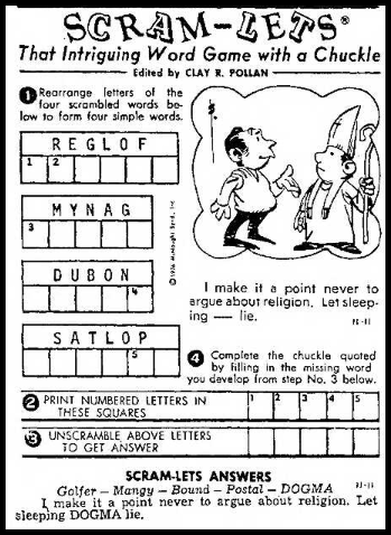
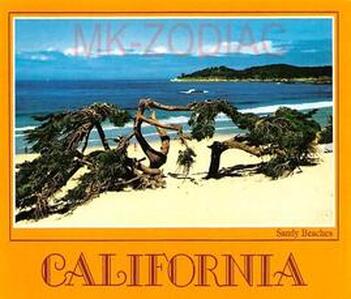
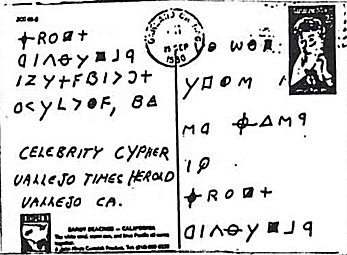
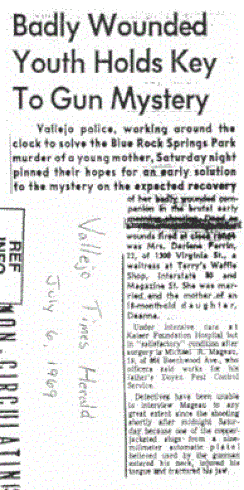

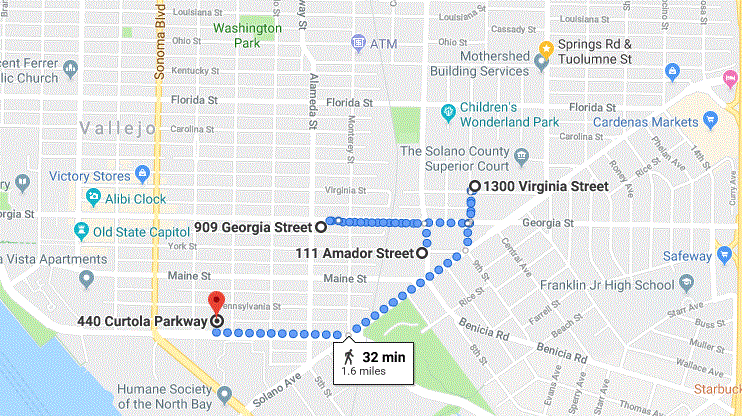
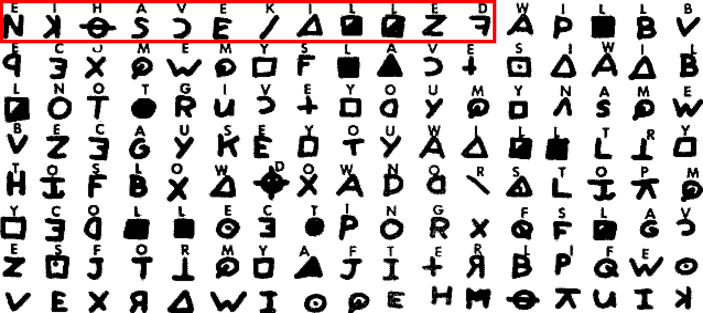


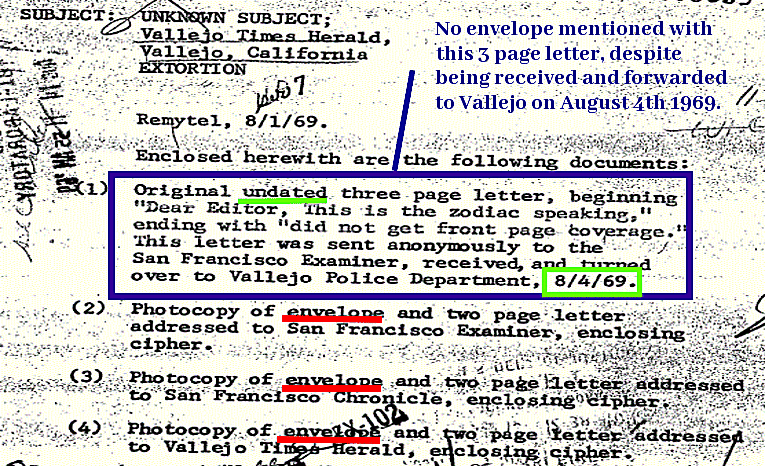
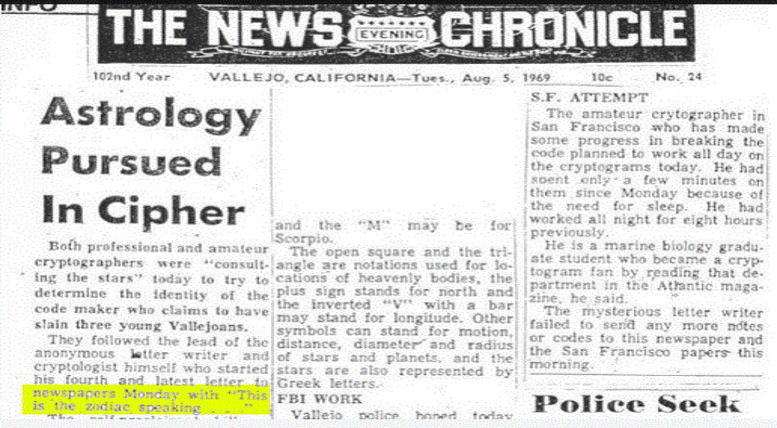
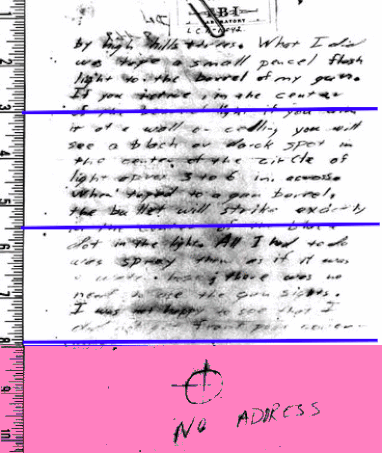
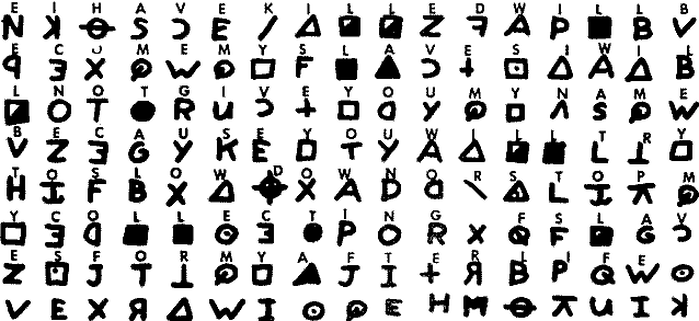
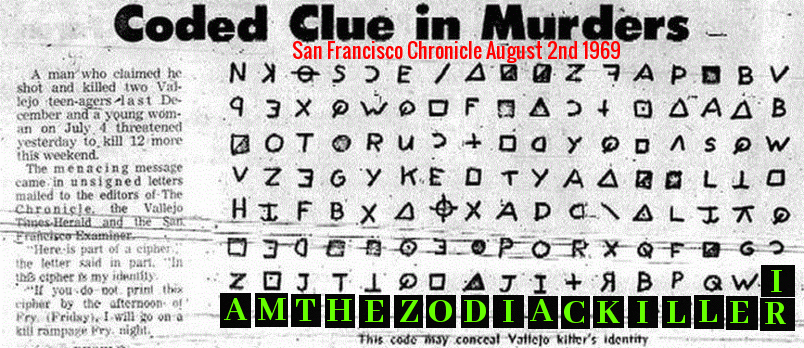
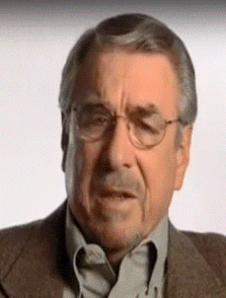
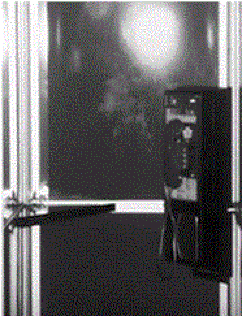
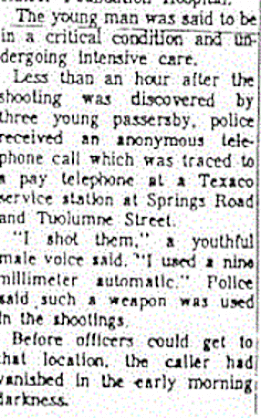




 RSS Feed
RSS Feed
